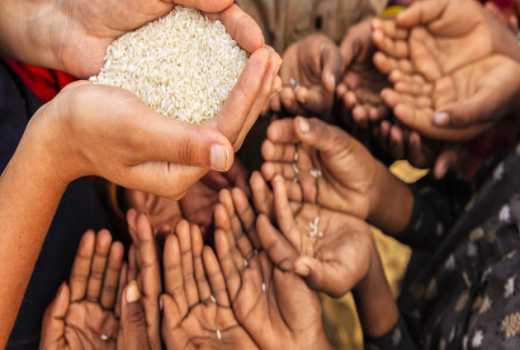
Agriculture is the major contributor to Kenya’s economic performance. It is the leading economic sector, accounting directly for more than 25 per cent of the gross domestic product (GDP). The sector also accounts for 65 per cent of Kenya’s total exports as well as providing more than 18 per cent of formal employment.
President Uhuru Kenyatta has committed that his administration will pay special attention to four key sectors that includes food security that will drive Kenya’s economic agenda during his second term in office. Growth of the national economy is therefore highly correlated to growth and development in agriculture.